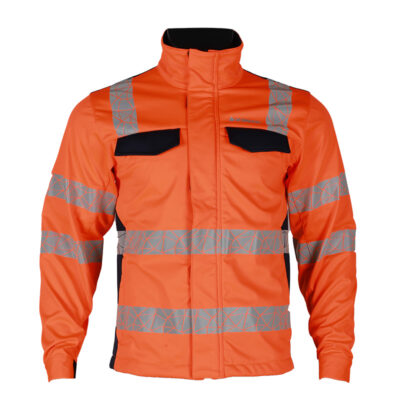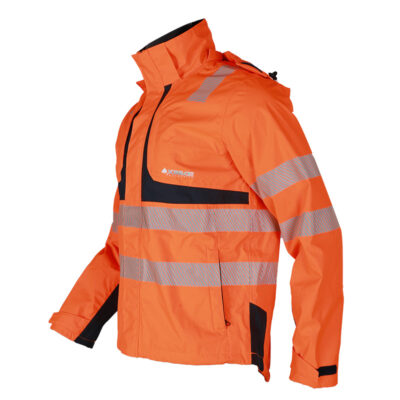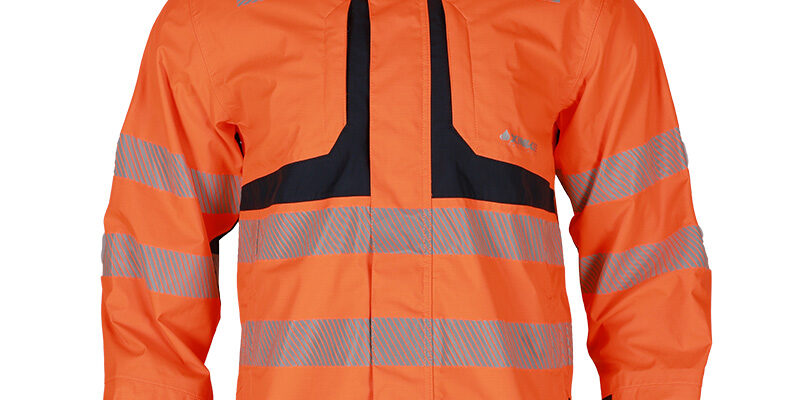Reflective Jackets for Industrial Safety: Balancing Comfort and Protection
Introduction: Why Reflective Jackets Are Essential
In industrial environments where workers face low visibility, heavy machinery, and high safety risks, reflective jackets have become a non-negotiable part of personal protective equipment (PPE). While their primary role is to ensure visibility, modern designs must also consider comfort, mobility, and durability to encourage consistent use and compliance.
For procurement managers, reflective jackets represent a strategic investment—balancing safety regulations with worker satisfaction and long-term cost efficiency.
🛡️ Protection First: Meeting Safety Standards
Reflective jackets must comply with international standards to ensure workers remain visible under all conditions.
-
🌍 EN ISO 20471 (Europe): Defines garment classes for reflectivity and fluorescent material coverage.
-
🇺🇸 ANSI/ISEA 107 (U.S.): Categorizes jackets into performance classes depending on work environment.
-
🏗️ Industry-Specific Regulations: Some sectors such as oil & gas or utilities require additional flame resistance or chemical resistance.
Ensuring procurement meets these standards minimizes risk and guarantees regulatory compliance across industries.
👕 Comfort: The Overlooked Safety Factor
Workers are more likely to wear jackets consistently when they are comfortable. Procurement teams should evaluate:
-
🌬️ Breathable Fabrics: Mesh linings and ventilation panels for temperature regulation.
-
🧵 Lightweight Construction: Reduces fatigue during long shifts.
-
🧍 Ergonomic Fit: Allows bending, stretching, and lifting without restriction.
Comfort directly impacts compliance—if garments are too hot, stiff, or heavy, workers may remove them, defeating the purpose of safety programs.
🌡️ Protection vs. Climate: Insulation and Layering
Reflective jackets are not one-size-fits-all. They must perform under varied climate conditions:
-
❄️ Cold Climates: Insulated jackets with synthetic fills keep workers warm without sacrificing mobility.
-
🌧️ Wet Environments: Waterproof shells and seam-sealed designs protect from rain and snow.
-
🔄 Layering Options: Removable liners or modular systems adapt to seasonal changes, reducing the need for multiple garment types.
This flexibility makes sourcing decisions more cost-effective in the long term.
📦 Durability and Maintenance
Industrial environments are demanding—reflective jackets must survive frequent washing and heavy wear. Key features include:
-
💪 Reinforced Seams: Double-needle stitching and bartacks at stress points.
-
🧽 Wash-Resistant Reflective Tape: Ensures visibility after dozens of laundering cycles.
-
🔧 Abrasion Resistance: Protects against wear in construction, mining, and logistics.
Durable jackets reduce replacement cycles and deliver stronger ROI for procurement teams.
🌐 Partnering with the Right Suppliers
The right supplier doesn’t just deliver jackets—they provide consultation, compliance support, and customization. Experienced Workwear Manufacturers can advise on climate-specific solutions and scaling procurement across categories.
For specialized visibility programs, partnering with expert Reflective Jacket Manufacturers ensures access to jackets that balance safety, comfort, and durability in bulk orders.
Conclusion: A Balanced Approach to Safety and Comfort
Reflective jackets are more than just fluorescent outerwear—they are a critical safeguard in industrial workplaces. By balancing protection, comfort, durability, and adaptability, procurement teams can ensure worker compliance while optimizing budgets.
🔎 Investing in high-quality reflective jackets is not only a matter of compliance but also a strategic choice that supports workforce safety, productivity, and brand reputation.





















